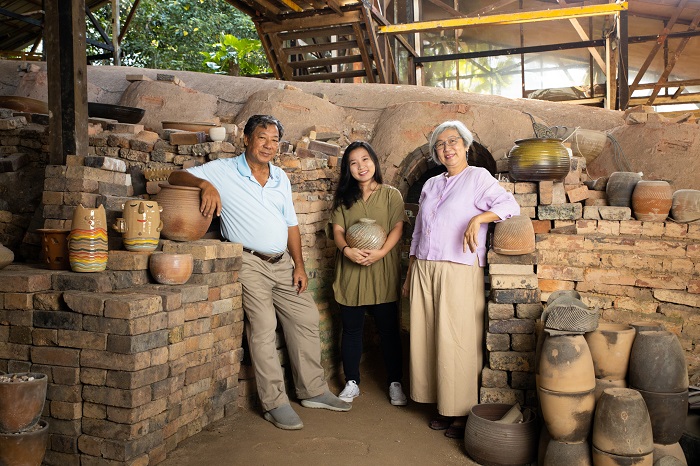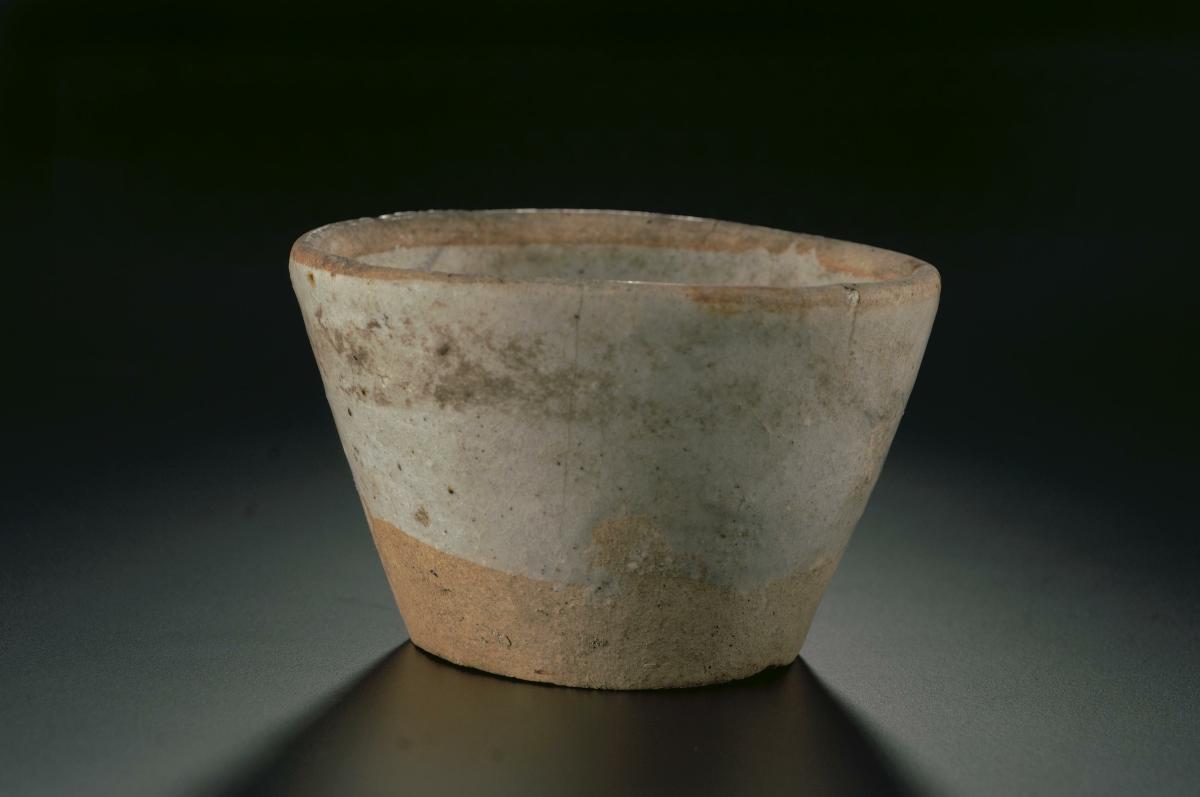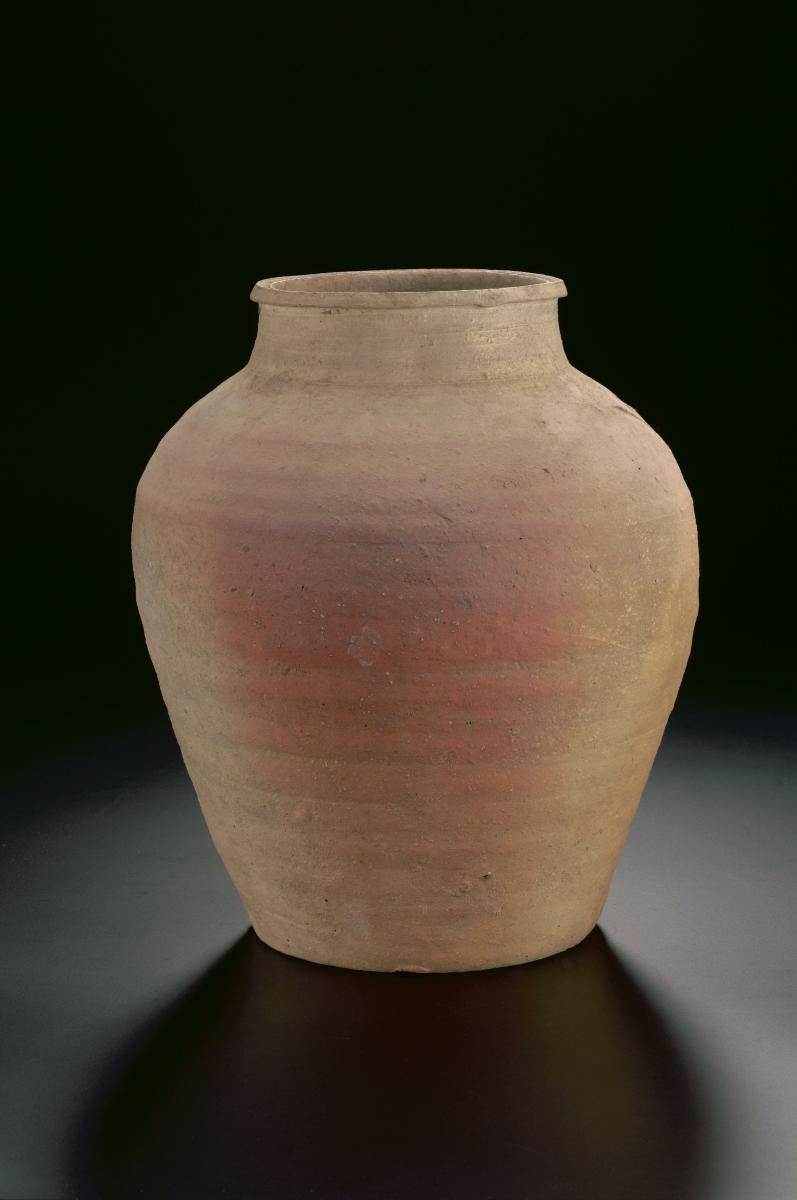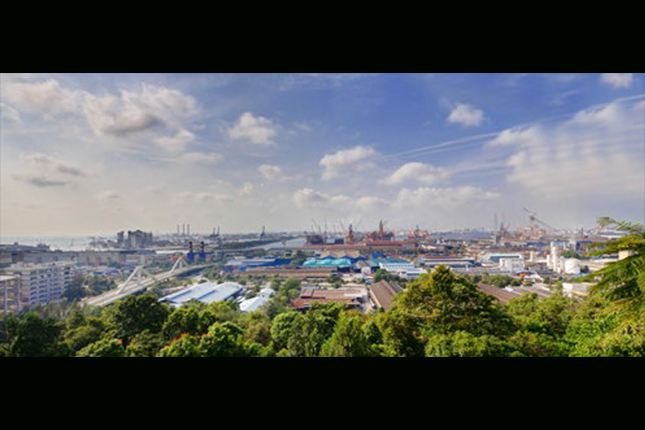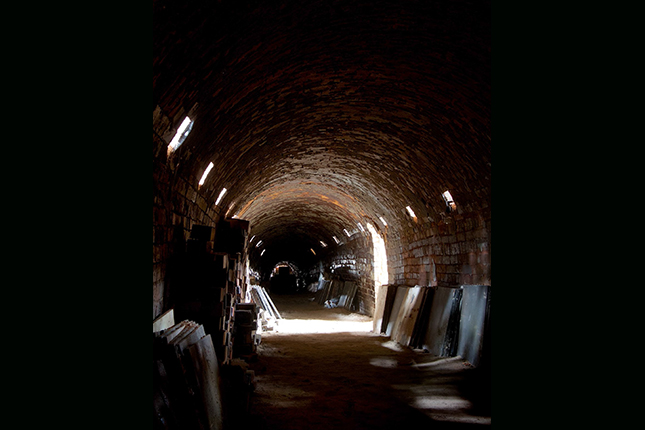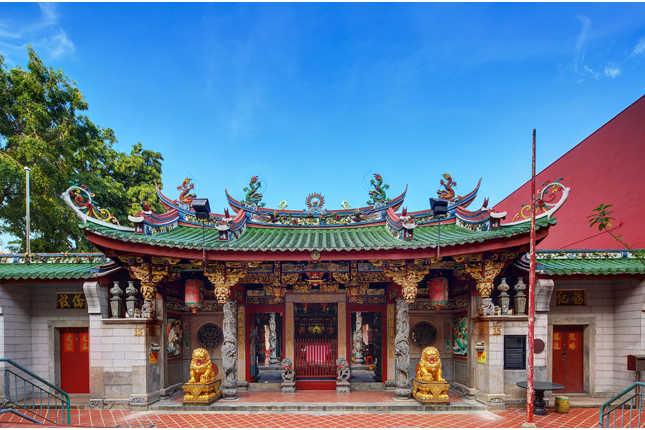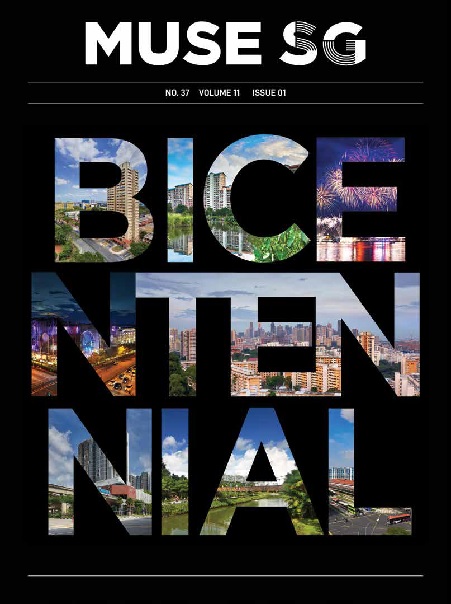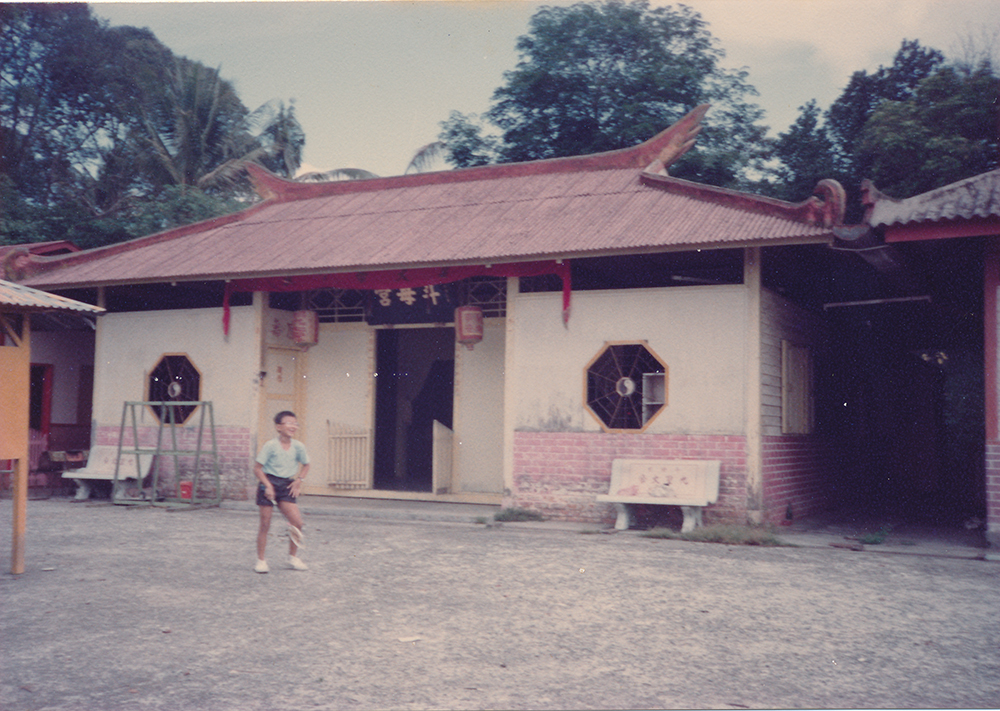From at least the early 1900s, dragon kilns in Singapore produced wood-fired pottery utilised in industry, on plantations and in households. Into the 21st century, Thow Kwang Pottery Jungle stands as one of two remaining dragon kilns on the island, and the only one still in operation.
Watch: Stewards of Intangible Cultural Heritage Award - Thow Kwang
A tradition and technology brought to Singapore by Chinese migrants, dragon kilns initially produced mass use pottery such as cups, jars and vats, as well as the latex collectors used in rubber plantations.
Established in the 1940s before being bought by Tan Kim Seh in the 1960s, the Tan family has maintained the continuity of the wood-fired tradition through numerous economic and cultural shifts over the decades. Today, Thow Kwang has shifted from mass to artisanal production, and the Pottery Jungle also hosts workshops, classes, heritage tours and an artists’ group.
While the nature of production has changed, the expertise and knowledge required to work the dragon kiln has been sustained by the Tan family. Tried and tested by earlier generations, the techniques that have been passed down include the judicious arrangement of some 3,000 ceramic pieces inside the kiln, and the kindling of the flame within the firebox, or ‘head’ of the dragon kiln. With the kiln temperature gradually brought to more than 1,200 degrees Celsius, the firing temperature in each chamber is continually monitored and stoked.
“Firing a dragon kiln is (about) teamwork, and (the people of) Thow Kwang Clay Artists have been with us for many years and are experienced in the firing process”, says Yulianti Tan, who is married to Tan Teck Yoke, the son of Thow Kwang’s founder Tan Kim Seh. “We share (knowledge and expertise) with the potters, interest groups, and also open up to the public to let them have first-hand experience of the dragon kiln firing.” On the two to three occasions a year the dragon kiln is fired, artisanal potters and volunteers work in shifts across two to three days, keeping its flame and the traditions of wood-fired pottery alive. Thow Kwang allows potters to fire their own works in the dragon kiln, asking only that they work together to tend the flame.
Artistry and tradition in wood-fired pottery
Resource-heavy and labour-intensive, dragon kilns demand watchful supervision and sustained stoking over several days to produce their ceramic bounty, in contrast to gas and electric kilns, which are easier to handle. However, the unique beauty of wood-fired pottery is tangible. Pieces that emerge from the engulfing flames of dragon kilns bear the glassy, variable imprimatur of ash glazes, possible only with wood-fired pottery and the interaction of fire, clay and fly ash. When you hold a wood-fired ceramic cup or shard in your hand, you hold a thread of tradition that connects generations and across diverse communities.
Growing up in a pottery factory, Teck Yoke and his siblings were exposed to the artistry and tradition of wood-fired pottery since young. As pottery wares were in high demand up to the 1980s, Teck Yoke often spent much of his time at the factory to help out with the production, even when he was a student. Inspired by the hard work of his parents and their dedication to keep the pottery factory going, he continued the family legacy of the dragon kiln as a second-generation practitioner.
For Teck Yoke, the continued operation of the dragon kiln today “records the generations this art has been passed on to, even as Singapore, a young country, has developed”. “I think this experience of the dragon kiln and its firing (would help) our younger generation to learn from our forefathers’ resilience, fortitude and character”, his wife Yulianti adds.
Keeping the flame alive
Thow Kwang’s shift from commercial production has also seen it nurture pottery groups through a range of activities, establish a social media presence, and run programmes for youth, as well as experiment with pottery as rehabilitation therapy for the elderly.
Engaging existing and potential new pottery connoisseurs through social media, as well as running an online store, comes under the purview of Stella Tan, Thow Kwang’s studio director and a third-generation practitioner within the family. She has also ventured into new avenues of business by participating in craft markets, providing customised ceramics for cafes, restaurants and hotels as well as keeping Thow Kwang attuned to contemporary preferences in pottery styles.
Thow Kwang also continues to run ceramics workshops, started by Stella’s aunt Yulianti in 2000, as well as the Thow Kwang Clay Artists group, which provides a platform for potters to practise their skills and sustain their passion.
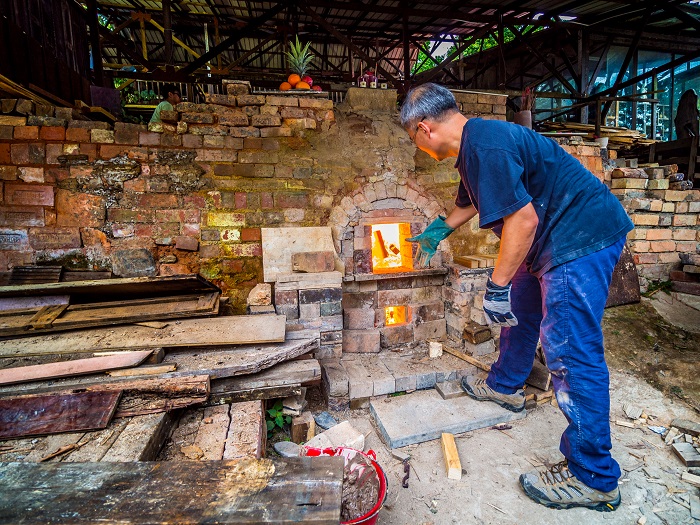
“We conduct interesting workshops like hand-building (clay) and (working) pottery wheels. These workshops bring (people) closer to the dragon kiln and show them the beauty of the pottery fired in the dragon kiln”, says Stella. Beyond the fundamentals of pottery techniques, design and glazing, Thow Kwang’s workshops also spread knowledge of the history and heritage of dragon kilns in Singapore as well as their firing traditions.”
She added
“ It’s important to carry on the legacy passed down to me from my grandfather, and to share the knowledge and skills of the dragon kiln and wood-fired pottery to (future) generations”




